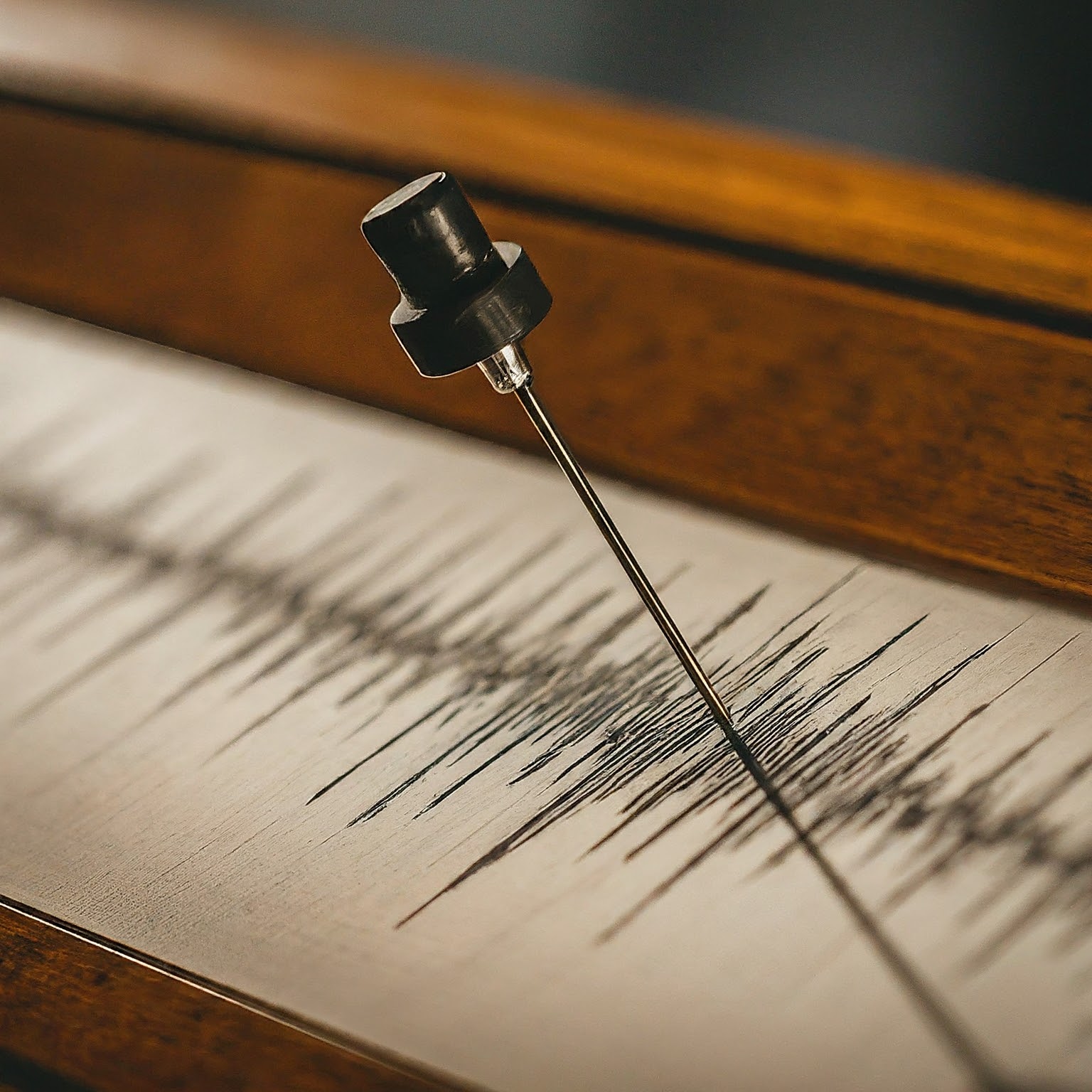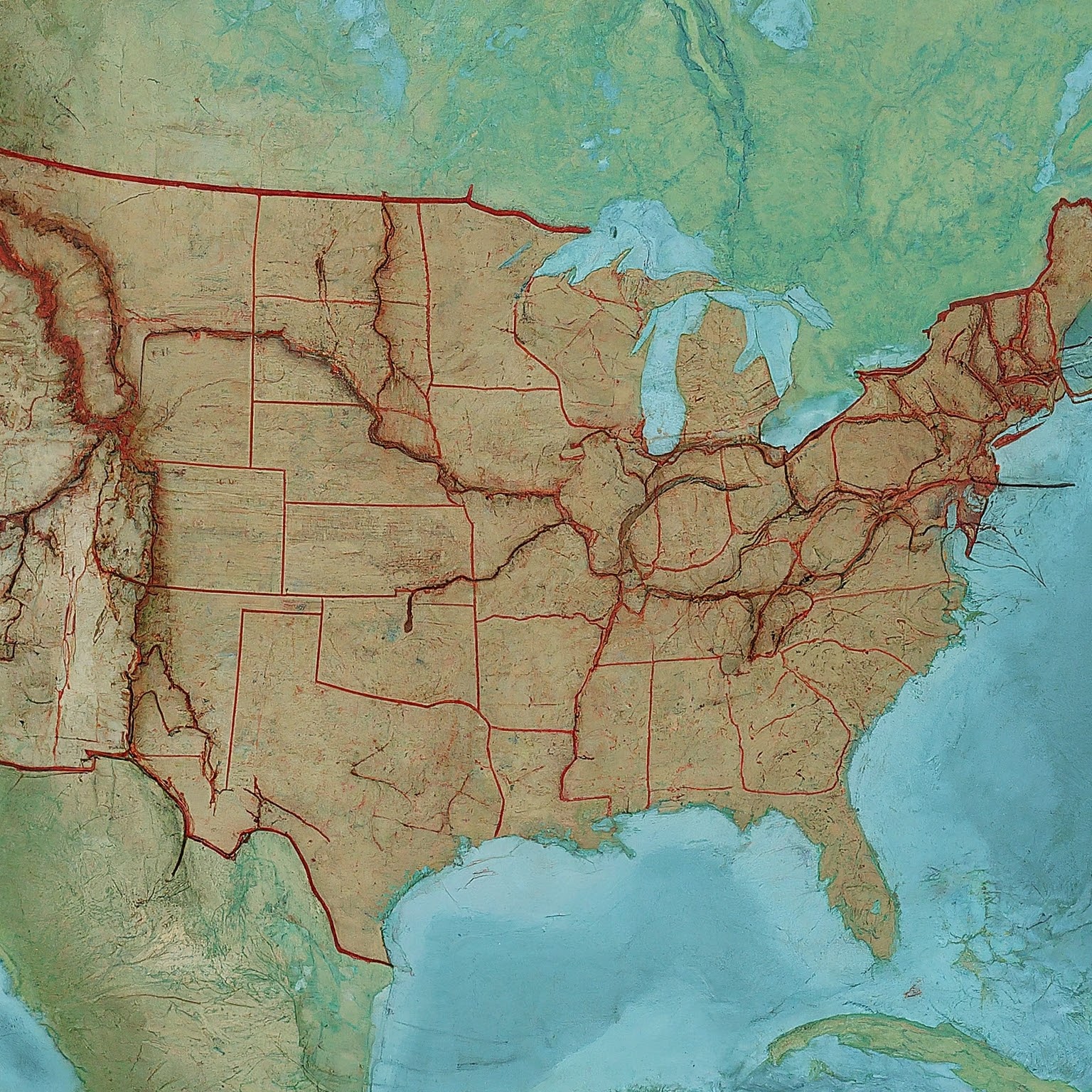Meet Dr. Anna Blake
Dr. Anna Blake, a renowned seismologist with over 20 years of experience studying the science behind earthquakes, is here to equip you with comprehensive knowledge on earthquake preparedness for the East Coast. Whether you’re a lifelong resident, a recent transplant, fascinated by natural disasters, an emergency responder on the front lines, or a scientist delving deeper into earthquake research, this article serves as a valuable resource for staying safe in the event of an earthquake.

Unfamiliar Territory: Earthquakes on the East Coast
The earth beneath our feet is a dynamic system, constantly shifting and evolving. While the West Coast of the United States is synonymous with powerful earthquakes due to its proximity to the San Andreas Fault and the boundary between tectonic plates, the East Coast isn’t exempt from seismic activity.
Recent geological activity, including a cluster of small earthquakes in Virginia in 2011, has served as a stark reminder that the East Coast is not immune to earthquakes. The lack of a well-established earthquake warning system in this region, unlike the West Coast, makes preparation even more crucial. Understanding earthquake risks and taking proactive steps to safeguard yourself and your loved ones becomes paramount.
Historical Earthquakes on the East Coast:
The East Coast has a documented history of earthquakes, although major events are less frequent compared to the West Coast. A significant earthquake struck Charleston, South Carolina in 1886, estimated at a magnitude of 7.3, causing widespread damage and loss of life. This event serves as a historical record of the East Coast’s vulnerability to seismic activity.
Why Earthquakes Happen on the East Coast:
The Earth’s crust is composed of tectonic plates, giant slabs of rock that are constantly moving. Earthquakes occur when these plates grind against each other, causing sudden shifts and releasing built-up energy. While the West Coast experiences frequent earthquakes due to the movement of the Pacific and North American plates along the San Andreas Fault, the East Coast sits within a relatively stable plate tectonic setting.
However, the East Coast is not entirely without its own fault lines. These cracks in the Earth’s crust can also generate earthquakes, albeit typically less powerful than those on the West Coast. The presence of these fault lines, coupled with the historical record of earthquakes, necessitates preparedness measures for the East Coast.

Understanding Your Risk: Earthquake Zones on the East Coast
The East Coast has several fault lines that pose a potential earthquake threat. Here’s a closer look at two major ones:
- New Madrid Seismic Zone: This seismic zone is located in the central United States, extending into parts of the East Coast, particularly the southeastern states. This zone is known for a series of powerful earthquakes in 1811 and 1812, some of the strongest earthquakes ever recorded in North America. While major earthquakes are less frequent in recent history, the potential for significant seismic activity remains.
- Atlantic Coast Fault: This fault line runs along the Atlantic seaboard from Georgia to Maine. While generally considered less active than the New Madrid Seismic Zone, the Atlantic Coast Fault can still generate earthquakes.
Understanding the Table:
Key East Coast Fault Lines
| Fault Line | Location |
|---|---|
| New Madrid Seismic Zone | Central U.S., extending into parts of the East Coast |
| Atlantic Coast Fault | Runs along the Atlantic seaboard from Georgia to Maine |
Beyond the Major Fault Lines:
It’s important to note that these are just two major fault lines. Researching your specific location is crucial. Many regions along the East Coast have smaller, local fault lines that may pose a localized earthquake threat. Consulting with local authorities or geological surveys can provide valuable information about specific fault lines in your area.
The Impact of Earthquakes on the East Coast:
While major earthquakes are less frequent on the East Coast compared to the West Coast, the potential consequences can be severe due to several factors:
- Less Earthquake-Resistant Infrastructure: Many buildings and structures on the East Coast are not designed to withstand the strong shaking associated with major earthquakes. This can lead to significant damage and potential collapse.
- Population Density: The East Coast is home to major metropolitan areas with high population densities. An earthquake could lead to mass casualties and disruptions to critical infrastructure.
- Lack of Public Awareness: Due to the lower historical frequency of major earthquakes, public was not aware and prepared about this earthquake

Earthquake Preparedness 101: Steps to Take Now
Now that you have a better understanding of earthquake risks on the East Coast, let’s delve into the critical steps you can take to prepare for an earthquake:
Develop a Comprehensive Earthquake Plan:
An earthquake plan is a roadmap for your family’s safety during and after an earthquake. It outlines communication strategies, evacuation routes, and sheltering procedures. Here are some key elements to consider:
- Communication Plan: Establish a designated meeting location outside your home in case you’re separated during an earthquake. Decide on a communication method, whether it’s texting, calling a specific number, or using a pre-designated app, to ensure everyone can connect after the shaking stops.
- Evacuation Plan: Identify potential hazards in your home and plan escape routes. Practice evacuating from different rooms, considering different exits and potential obstacles during shaking. If you live in a multi-story building, designate a safe evacuation route down the stairs and an alternative route in case of stairway damage.
- Sheltering Plan: Determine safe sheltering locations within your home, ideally under sturdy furniture like desks or tables. Avoid sheltering near windows, mirrors, or hanging objects that could fall and injure you.
Assemble a Well-Stocked Emergency Kit:
An emergency kit provides essential supplies to sustain you and your family for several days following an earthquake. Here are some recommended items to include:
- Non-perishable Food: A minimum three-day supply of non-perishable food items that require no cooking or minimal water for preparation (canned goods, energy bars, granola bars).
- Water: At least one gallon of water per person per day for at least three days. Consider water purification tablets or a portable water filter for longer-term needs.
- First-Aid Kit: A first-aid kit equipped with essential supplies to treat injuries (bandages, antiseptic wipes, pain medication).
- Medications: A sufficient supply of any prescription medications and over-the-counter medications your family needs.
- Flashlight: A durable flashlight with extra batteries for navigating in darkness after an earthquake.
- Radio: A battery-powered or hand-crank radio to receive emergency updates and information.
- Cash: Access to cash may be limited following an earthquake, so having some on hand can be crucial for essential purchases.
- Whistle: A whistle can be a valuable tool to signal for help if you’re trapped or injured.
- Important Documents: Keep copies of important documents (insurance policies, passports, identification cards) in a waterproof container.
- Personal Hygiene Supplies: Include basic hygiene items like toothpaste, toothbrush, soap, and feminine hygiene products in your kit.
- Sanitation Supplies: Sanitation wipes, garbage bags, and plastic ties can be helpful for maintaining hygiene in the aftermath of an earthquake.
- Comfort Items: Include comfort items for children or family members, such as books, games, or small stuffed animals, to help manage stress during a difficult time.
Secure Your Home:
Earthquakes can cause unsecured objects to fall and become dangerous projectiles. Here are some tips to secure your home:
- Furniture: Anchor heavy furniture, bookcases, and cabinets to walls to prevent them from toppling over.
- Appliances: Secure appliances like refrigerators and water heaters to prevent them from shifting or tipping over during shaking.
- Hanging Objects: Securely fasten mirrors, pictures, and other heavy hanging objects to walls.
- Utilities: Locate the shut-off valves for your gas and water lines, and know how to turn them off in case of a leak.
- Electrical Panel: Locate your electrical panel and know how to shut off the electricity to your home if necessary.
Educate Yourself and Your Family:
Knowledge is power. Familiarize yourself and your family with earthquake safety procedures. Here are some helpful resources:
- Drop, Cover, and Hold On: This life-saving technique involves dropping to the ground, taking cover under sturdy furniture, and holding on until the shaking stops. Practice this technique with your family members regularly.
- Local Earthquake Preparedness Resources: Many local governments and emergency management agencies offer earthquake preparedness resources and guides.
- American Red Cross Earthquake Preparedness Guide: The American Red Cross provides comprehensive information on earthquake preparedness at https://www.redcross.org/content/dam/redcross/atg/PDF_s/Preparedness___Disaster_Recovery/Disaster_Preparedness/Earthquake/Earthquake.pdf
Stay Informed:
Earthquake Warning Systems on the East Coast: Unlike the West Coast, the East Coast currently lacks a well-established earthquake early warning system. However, research is ongoing to develop such systems for the region.
In the absence of a dedicated early warning system, staying informed about potential earthquake threats is crucial.











